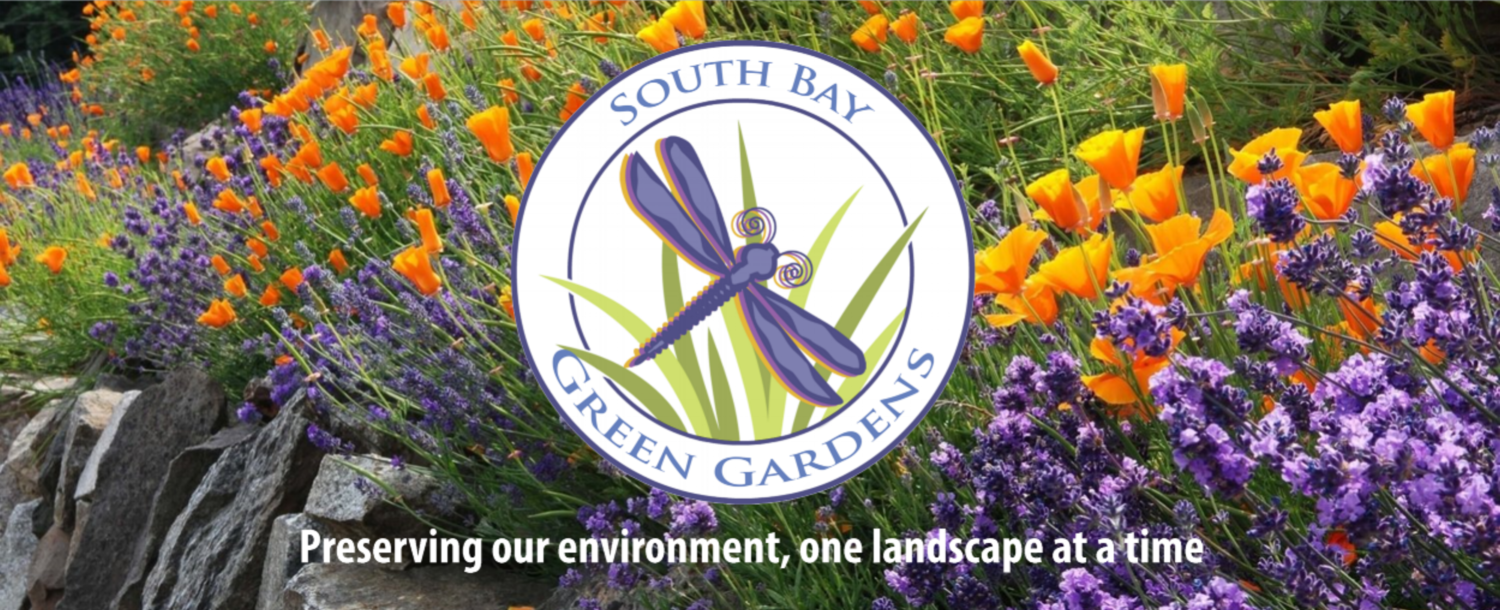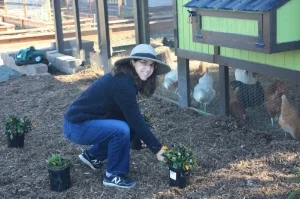In many ways, Yerba Buena High School in East San José is like any other school: a public, four-year high school with a big, sprawling campus and plenty of green lawn. This fall, something wonderful and unusual is happening on the campus: a quarter-acre of that lawn adjacent to a parking lot is being transformed into a sustainable living teaching center, complete with chickens, aquaponics, food scrap composting, wind turbines, solar panels and more. A grant from the California Department of Water Resources and funding from the Santa Clara Valley Water District is helping with the low-water use ornamental/habitat landscaping.
This is Project TERRA, which stands for Teaching Environmentally Responsible and Respectful Attitudes and teaches students ecological sustainability, environmental awareness, and responsible agricultural practices. Students will use this space to create an outdoor classroom that will inspire as well as give first-hand knowledge of food production and the principles of sustainable farming and landscaping. Just how special is this project? Here are a few features:
Students have been involved every step of the way, from helping to design the landscape and features to helping to build the structures to collecting the eggs from the chickens (and selling them to the teachers and staff on campus for – you guessed it – chicken feed).
“I’ve never worked with a more motivated and hard-working group of students and teachers,” said Sherry Bryan, project manager from Ecology Action, the non-profit that led the area’s transformation including the landscape conversion and irrigation system installation.
Collaborative effort with the community. Project TERRA is a collaborative effort between students, clubs, classes and a wide variety of community stakeholders, including the Santa Clara Valley Water District, the California Department of Water Resources, Ecology Action, Orchard Supply Hardware, Our City Forest and others.
Sustainability: What was once a heavily-watered, difficult to maintain turf area is now a shining example of sustainability, reducing the use of potable water by approximately 70 percent by planting low-water using plants, mostly California native species, and permeable hardscape, such as the decomposed granite pathways through the site. The fruit trees lining the front area of the project? Those were donated by Our City Forest, and they are irrigated with recycled water.
The school is planning to be certified as a habitat garden through the National Wildlife Federation by including water and food sources for birds, butterflies, and native bees.
Additionally, composting will convert yard waste from the campus and the pre-consumer food scraps from the school district’s kitchens into usable compost for the organic gardens.
Charm: there’s just no other way to put it. This is an enchanting area. On a lovely fall day recently, the chickens quietly clucked in their chicken run while butterflies and bees visited the newly-planted flowering native plants. This area combines the best of our community coming together to create a very special area that students will be able to enjoy and learn from for many years to come.


